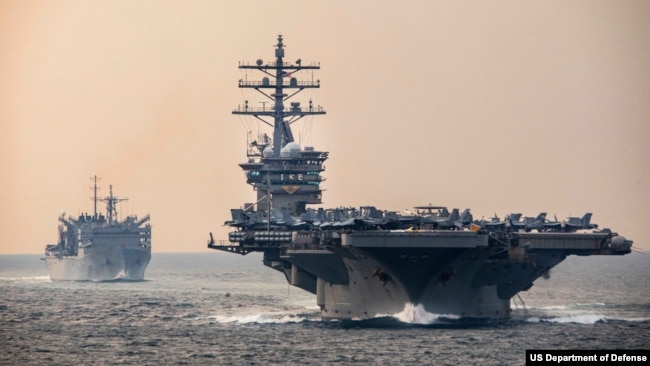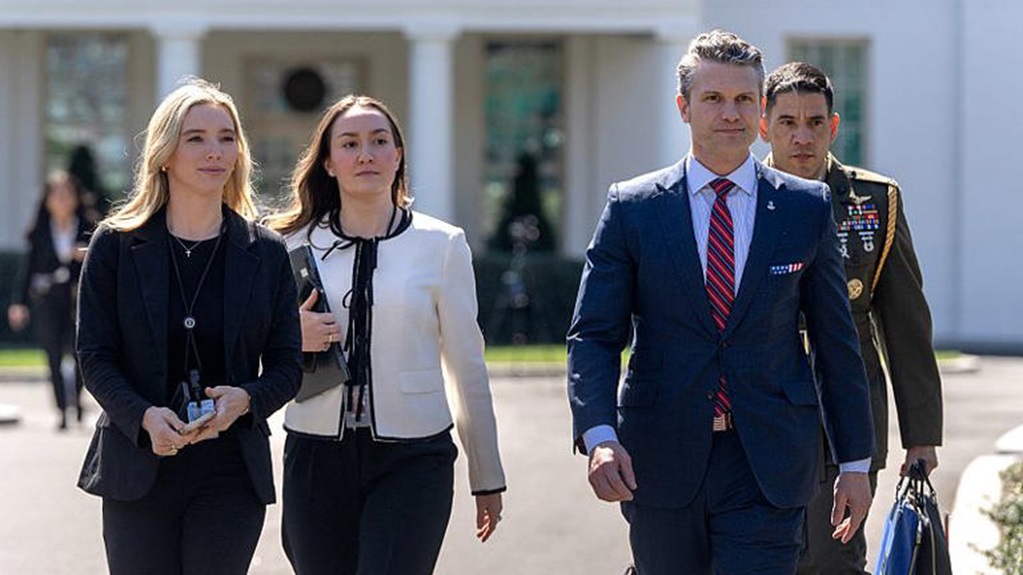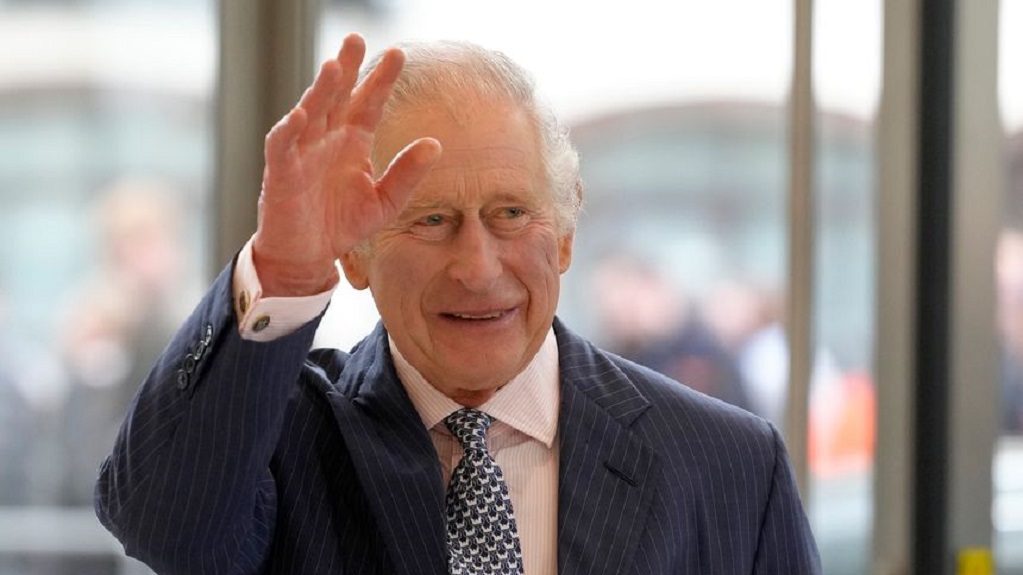Why US Army Helicopters Are Named After Native Americans
Written by worldOneFm on February 6, 2024
All About America explores American culture, politics, trends, history, ideals and places of interest.
Apache. Lakota. Chinook. Iroquois.
These are not only Native American tribes that once fought for their land against the U.S. military. They are also the names of U.S. Army helicopters.
The convention of naming choppers after America’s Indigenous people is believed to date back to 1947. Army General Hamilton Howze reportedly wasn’t thrilled with Hoverfly and Dragonfly — the names of the first two Army helicopters — and ordered some changes.
“He wanted to name them after something that was fast-moving, militarily strong and had some kind of connection to American military history,” says David Silbey, a military historian at Cornell University. “And he thought of the Native American warriors of the 19th century — the Apache, the Lakota and all those folks. And so, he started that tradition of naming Army helicopters after Native American tribes.”
An Army regulation created in 1969 codified this naming protocol. Name suggestions were to be provided by the Bureau of Indian Affairs. Silbey says required naming regulations no longer exist, but certain military naming traditions have continued.
For example, the Lakota helicopter was named as recently as 2012 in honor of the Lakota tribe of the Great Sioux Nation in North and South Dakota. That same year, Lakota elders blessed two Lakota choppers at the Standing Rock Reservation in North Dakota.
“I think the idea of naming weapons and ships and planes is a good one as a way of invoking the history, the tradition, the ethos of the military,” Silbey says. “It’s a way of invoking the long history of the United States and the U.S. military. And sometimes even including the folks we were fighting against, who we’ve now come to peace with, as is the case with Army helicopters.”
Since World War II, Army tanks have been named after generals. There’s the Sherman tank, named after Civil War General William Tecumseh Sherman, and the Abrams tank, named for Vietnam-era General Creighton W. Abrams.
Two Army missiles named after venomous snakes are the Titan and the Sidewinder.
“The [sidewinder snake] actually has the ability to sense infrared heat. There’s a thing in its snout that senses heat, and that’s how it targets its prey,” Silbey says. “And that’s how the missile guides itself — it hones in on the infrared heat of a jet engine. So, there’s that nice little actual connection to nature in the name.”
But other Army missiles are named the Falcon, Sparrow and Harpoon, which highlights how military naming protocols can sometimes be all over the place.
However inconsistent, some naming traditions continue across the U.S. military, according to Silbey. The secretary for each service, whether it’s the Marines, Air Force, Army or Navy, has the final say on naming equipment and weapons.
A report by the Congressional Research Service outlines how naming Navy vessels has evolved over time.
“Attack submarines, for example, were once named for fish, then later for cities and most recently [in most cases] for states, while cruisers were once named for cities, then later for states, and most recently for battles,” writes report author Ronald O’Rourke, a naval affairs specialist. “State names, to cite another example, were once given to battleships, then later to nuclear-powered cruisers and ballistic missile submarines, and most recently to [in most cases] Virginia-class attack submarines.”
The United States doesn’t build battleships anymore, but when it did, the vessels were named after U.S. states. And for more than 200 years, there’s always been a Navy ship in the fleet called the USS Enterprise.
Of the Navy’s 15 most recently named aircraft carriers, two are named for members of Congress, and 10 have been named for past presidents, O’Rourke writes in the report. But none of those were named for presidents who were Democrats.
“The last Democratic president to have a carrier named after him is the John F. Kennedy. There’s no Barack Obama. There’s no Bill Clinton. There’s no Jimmy Carter. There’s no Lyndon Johnson,” Silbey says. “There’s a Ronald Reagan, George H.W. Bush. … It’s getting a little obvious that they’re not naming them after Democratic presidents.”
There are some names that can go horribly wrong. Silbey points to the World War II-era ships designed to carry ammunition and explosives. Many of the ships in this class were named after volcanoes, and one of the vessels exploded in 1944, killing about 400 people.
“I think a way that the military has gone wrong with naming conventions has been that tendency to name things after Confederate generals, political figures, Confederate victories,” Silbey says. “The Confederates were traitors to the United States, traitors to the United States military, and naming a military weapon, installation, ship, plane after someone like Robert E. Lee, who betrayed his country, is/was the wrong choice. And I’m glad it’s being fixed.”
The Army has renamed several bases that were initially named after Confederates.
The newest branch of the military, the Space Force, which is tasked with conducting military operations in outer space, hasn’t named any equipment yet. However, members of that branch of the nation’s armed forces are currently called guardians.
By Dora Mekouar










